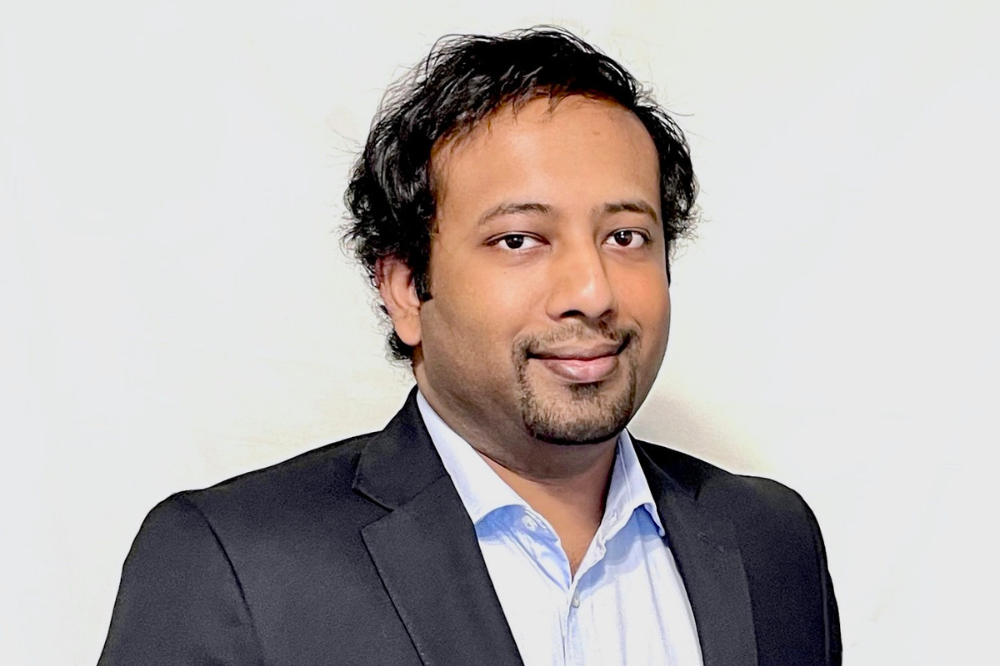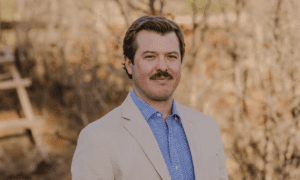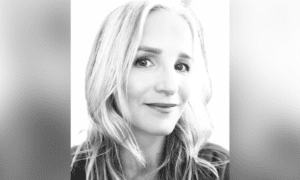The satellites on an Elon Musk rocket with insurance implications

“Insurance providers are one of the verticals we target within the project,” said Brijesh Thoppil (pictured above) strategic partnerships lead at EOS Data Analytics (EOSDA). His California headquartered firm provides AI-powered satellite imagery analytics.
Thoppil said the satellites – built by South Africa based Dragonfly Aerospace – will provide hard data that can facilitate easier claims processing. The satellite information will also allow close tracking of crop performance, he said, and enable smarter management of payout risks by rating farmers’ fields according to historical data.
Seven agriculture focused satellites
“The constellation will consist of seven small, 178kg satellites providing panchromatic and multispectral high-resolution imagery,” he said.
Panchromatic imagery can capture all visible colours. Multispectral imagery captures data from different light bands.
“It’s the first agri-focused swarm among companies using remote sensing technologies in their products and services,” said Thoppil. “They will be one of the most powerful agri-focused satellites in low Earth orbit.”
Read next: Should insurance companies endorse the billionaire space race?
He said the first satellite, EOS SAT-1, can provide farmers, including in Australia, with insights including vegetation indices, data on field productivity and weather forecasts.
Precise, actionable data for insurers and farmers
“The biggest advantage of our satellites is the unique set of agri-related bands aimed specifically at farm area monitoring,” said Thoppil. “The newest sensors on the satellite provide photos of higher resolution, introduce better coverage of the land and most importantly, track changes of all kinds in the air, vegetation, soil, and water.”
He said the data from these satellites can help Australian farmers battling floods or drought by providing very precise, actionable information about their crop health.
“With the help of the EOS SAT satellite data we can identify and control the degradation of crops or vegetation decreases,” said Thoppil.
Streamlining insurance in the ag sector
He said this satellite data can help farmers prove their eligibility for crop insurance programs and also support any insurance claims. The information can also help insurers: “Satellite imagery analytics solutions allowing for the evaluation of fields of crops remotely can partially automate and streamline insurers’ workflow,” said Thoppil.
One aim, he said, is to support the transition to sustainable agriculture.
“By providing accurate data and insights on climate change, soil and water quality, yield prediction and more, satellite-based analytics is helping thousands of agriculture-related businesses manage nature better,” said Thoppil.
According to an EOSDA media release, EOS SAT-1 alone can monitor up to one million square kilometres daily. After reaching full operation by 2025, the release said the satellite constellation will be able to provide imagery and data from almost 100% of the world’s farmland.
The use of satellites and other tech to help the agricultural industry better manage crops is known as precision agriculture (PA). Experts say the term was first used in the mid-1980s for technologies that could improve the blend and rate of application of fertilizers to fields.
According to the EOSDA website, PA can minimise the costs of water, seeds and fuel and lower agriculture’s dependence on weather conditions.
Read next: Risk management in Australian agriculture stalled by ‘inertia’
However, some experts question the performance of PA. In the book Saving Food (2019), Tiziano Gomiero, said “Performances of PA are still debated, as comprehensive research is lacking.” Another concern is the future ownership of the farm data from PA technologies.
The University of Sydney’s Precision Agriculture Laboratory was established in 2012 and calls PA “a revolution in agriculture brought about by the application of information technology.”
According to the space news website space.com, EOS SAT was the last of more than 100 small satellites launched on January 3 on what’s called a rideshare mission referred to as Transporter-6. A Falcon 9 rocket owned by Elon Musk’s SpaceX company propelled the launch.
Space.com reported that SpaceX did not confirm the full manifest of Transporter-6 on its website. The first mission of the series, Transporter-1, launched a record 143 satellites on Jan. 24, 2021.
You can watch last week’s launch in this recording on the EOSDA website. The Falcon 9 rocket starts to take off 36 minutes into the video.







